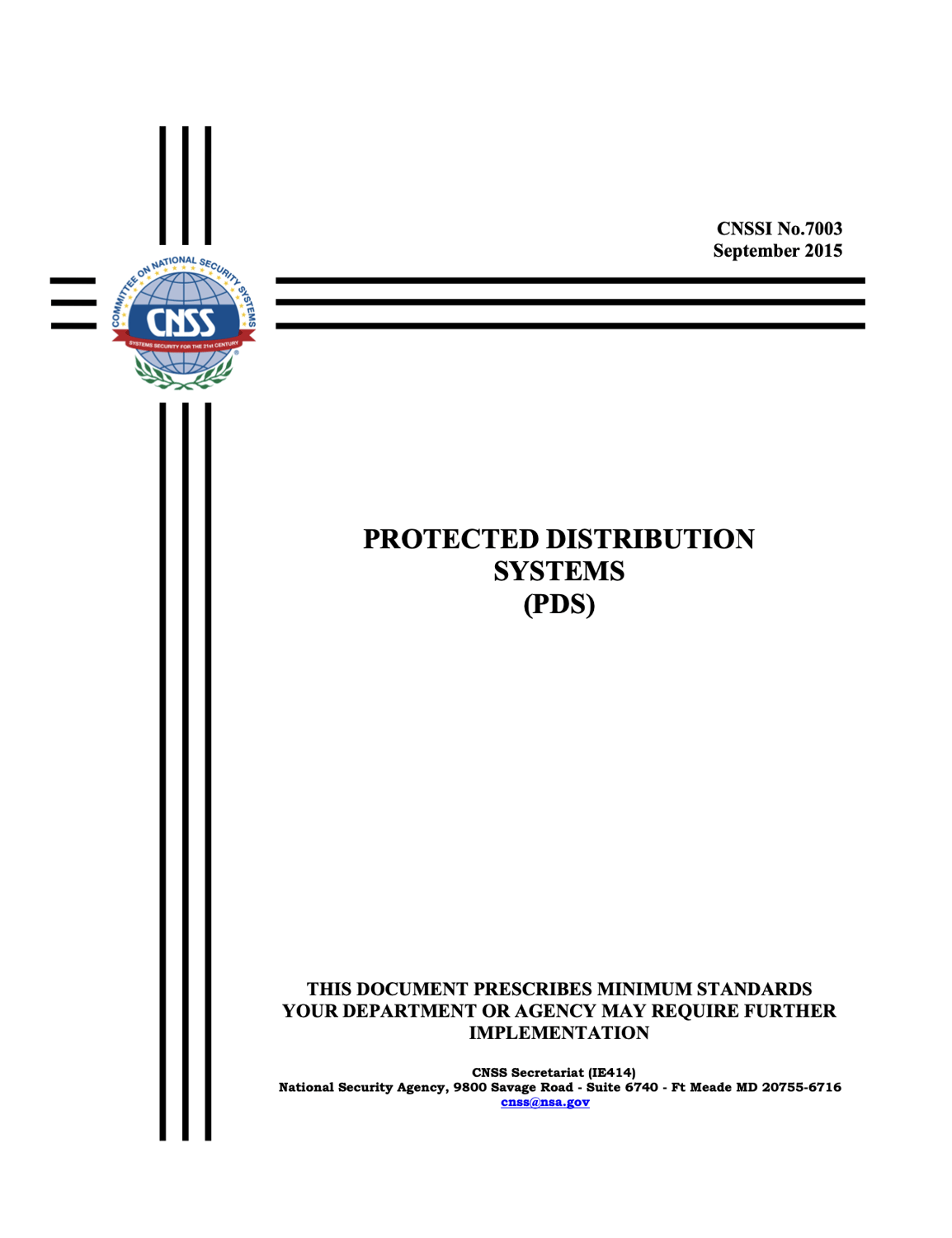Cyber Operational Readiness Assessment (CORA)
Government organizations faced with maintaining compliance with strict cyber security standards have found our INTERCEPTORNX solution to be an important component of their network security posture.

THE REQUIREMENT:
The Cyber Operational Readiness Assessment (CORA), is the Department of Defense’s (DoD) modernized approach to evaluating cybersecurity readiness. Replacing traditional Command Cyber Readiness Inspections (CCRIs), CORA employs a dynamic, threat-informed framework to assess an organization’s ability to detect, respond to, and recover from cyber threats. It ensures compliance with DoD policies while enhancing operational resilience and mission readiness.
As part of its comprehensive evaluation CORA evaluates the security of systems like Alarmed Protective Distribution Systems (PDS), ensuring compliance with stringent standards such as CNSSI No. 7003. These assessments verify that critical infrastructure meets security requirements and can withstand emerging threats.
Key CONCEPTS of the CORA program include:
- Risk & Impact Analysis: CORA assesses cyber vulnerabilities and threats.

- Continuous Monitoring & Improvement to include "No notice" inspections.

- Compliance with Cybersecurity Standards such as CNSSI 7003.
INTERCEPTOR NX: Ensuring PDS Compliance & CORA Readiness
When a Protected Distribution System (PDS) is the optimal choice for safeguarding classified network infrastructure, traditional hardened carrier PDS solutions often struggle with compliance due to inspection challenges and increased classified connections which is where an Alarmed Carrier PDS solution becomes essential.
Created for the U.S. Federal Government and Military, INTERCEPTORNX complies with CNSSI 7003 standards, guaranteeing adherence to Alarmed PDS requirements. It is frequently utilized to swiftly and economically transform these systems into an Alarmed PDS, particularly following CORA evaluations. Combined with our comprehensive PDS suite, organizations are assured they are prepared for CORA evaluations.
The CORA evaluates system security, including Alarmed PDS. While checklists vary, key areas typically assessed for CNSSI 7003 compliance include:
- Alarm System Approval and Functionality
- Confirm that the alarm system and sensors are approved by the relevant COMSEC and/or physical security authorities.
- Ensure the alarm system is integrated into an Intrusion Detection System (IDS) that meets Department of Defense (DoD) requirements.
- Monitoring and Response
- Verify that alarm signals are transmitted to a continuously monitored station staffed by authorized personnel.
- Ensure security personnel can respond to any attempted penetration within 15 minutes of detection.
- Testing and Maintenance
- Conduct regular functionality tests of the PDS alarm system, at least weekly, to ensure optimal performance.
- Maintain detailed records of all tests, inspections, and maintenance activities.
- Standard Operating Procedures (SOP)
- Develop and maintain an SOP that includes procedures for:
- Verifying alarm functionality and performance.
- Responding to alarms within the specified timeframe.
- Inspecting the PDS to determine the cause of alarms.
- Defining actions to be taken regarding the termination of transmission.
- Initiating investigations of actual intrusion attempts.
- Develop and maintain an SOP that includes procedures for:
Our complete INTERCEPTOR Solution Allows Organizations to Check YES to
Everything on Your CORA Alarmed - PDS Security Checklist!
| Requirement | Solution |
| Alarm System Approval and Functionality | INTERCEPTOR has been approved for PDS deployments across all military branches, government agencies, and defense contractors CONUS & OCONUS since 2003. |
| Monitoring & Response | INTERCEPTOR NX integrates with INSIGHT alarm management software for centralized, remote monitoring, locally or worldwide. INSIGHT enforces SOPs, enabling a 15-minute alarm response. |
|
Testing and Maintenance |
INTERCEPTOR NX meets PDS alarm verification requirements with AFFIRM, automating daily or weekly checks on a user-defined schedule. |
| Standard Operating Procedures (SOP) |
The INSIGHT Alarm Response and Management System utilizes customizable SOP's for each zone being monitored. |

